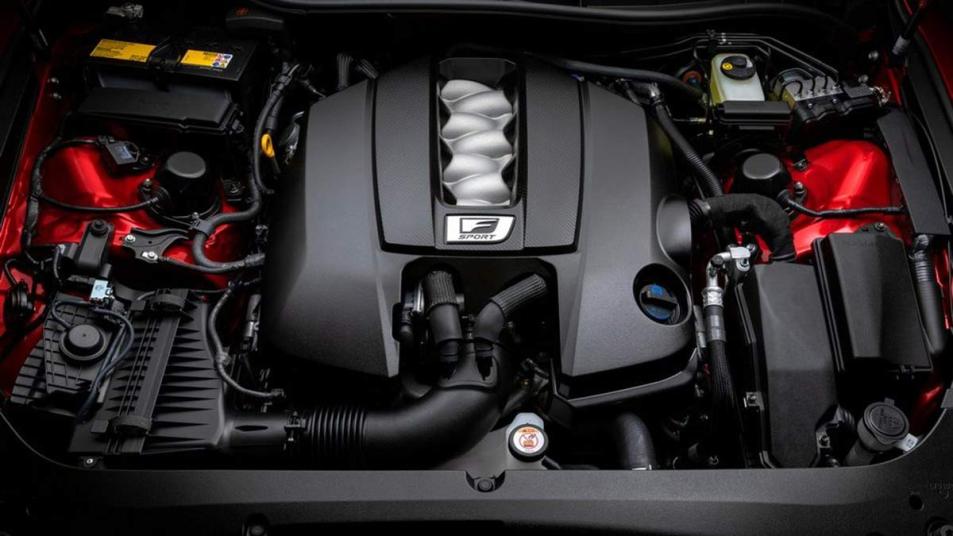Direct injection (DI) is a fuel delivery system common in modern cars with gas and diesel engines. Rather than a fuel/air mixture entering the engine’s cylinders through the intake valves, an injector sprays fuel directly into the combustion chamber in an engine with direct injection.
In other words, direct injection works more efficiently to deliver gas and oxygen to an engine, resulting in a more powerful ride and better fuel economy compared to traditional multi-port fuel injection.
How Direct Injection Affects Your Car
If your car has direct injection, you’re getting the most out of every drop of gas you put in your tank. Fuel injection has been around for decades, but in a traditional fuel injection system, lots of potential energy is wasted in the fuel/air mixture before it enters the engine’s cylinders.
The engine more efficiently burns gas and oxygen with DI to improve both performance and fuel economy. It’s a mechanical win-win.
DI is available on cars of all pedigrees, so whether you’re looking at a Kia Sorento or a high-end Lexus, DI will be in the mix.
Here are a few benefits of direct interjection:
- Better fuel economy. Direct interjection ensures the gasoline that you put into your vehicle reaches its full potential.
- Quicker Acceleration. Thanks to the engine receiving the fuel directly, the car is able to accelerate quicker than cars without DI.
- Smoother ride. When driving a car that uses a direct injection system, the engine can work more efficiently, giving the driver a smoother ride.
Downsides
Like any new type of engineering, direct injection had its share of growing pains when it first started to go mainstream. Early DI systems in luxury cars had some issues with premature carbon build-up and the fuel system clogging up. So, one of the only downsides of direct injection is that you need to get a pretty modern car to get an engine with a low-maintenance direct injection fuel system.
The good news is that you can find a reasonably affordable used car with a reliable direct injection system like a Ford EcoBoost engine or a Kia GDI engine. Consider using a fuel system cleaner in your gas tank with every oil change to help avoid any unwelcome clogging or build-up.
How to Maintain a Direct Injection Engine
Direct interjection engines offer more good than bad, but the bad can be very bad sometimes. One of the main issues with this type of engine is that carbon can build up, which can lead to issues down the line. Here is how to maintain your engine if it uses direct injection.
- Clean your intake valve. Using store-bought aerosol products meant for cleaning the carbon build-up is a crucial part of maintaining the engine’s optimal performance.
- Don’t push off your oil change. Follow your car’s manual of when to get your oil changed. Doing so will help to keep your vehicle running smoothly.
- Only use the grade of gasoline intended for your car. Using a lower grade could have harsh effects on the engine in the long run.
Is Direct Injection Right for You?
Direct injection is suitable for most drivers. It has big pros like improved performance and better fuel economy and very few cons, including potential clogging in the fuel system.
When shopping for your next new or used car, do a little extra research to see if it has DI so you can enjoy the benefits of this clever engineering.
Related Articles
- How Lift Kits Impact Driving Performance: Speed, Towing, and Gas
- Clean Your Car Interior at Home like a Pro
- Car Headlights: A Complete Guide
Editor’s Note: This article has been updated for accuracy since it was originally published.











My GFI Hyundai engine consumes 1 quart per 1/2 gas. The Kia engine people should be shot.
A 1.6 L DOHC L4 may have 115 HP; however, with DI maybe 140 or 150 HP. I say the gas mileage is actually better. Why? If you were to upgarde the non-DI to make it 140-160 HP (Honda Civic SI of old) then the gas mileage will suffer. Therefore: the DI 1.6 gives you better performance than the non-DI 1.6 but the same gas mileage; but the and upgraded non-DI 1.6 gives you the same performance as the 1.6 DI but less gas mileage. If driven the same way gas mileage conscious drivers do the non-DI 1.6 do then the 1.6 DI engined cars would easily exceed the mileage of the non-DI. There are some well known Canadian that proved that Hyundai Sonata-for instance- actually could get in excess of 50MPG. Yes, those to Yahoos did some pretty extreme driving stuff but also were able to achieve high mpg without violating the law. It’s how you drive not what you drive, remember. Proven over and over again. I know lot’s of people that have the Prius but few get better gas mileage than my 09 Civic. One or two do get 50-70 MPG because they drive that way. Top Gear UK did a race between a BMW M3 and a Prius. The Prius could run at full throttle and the BMW had to only keep up. Both cars were topped off prior to the set number of laps. The BMW averaged 21 MPG…the Prius 17 MPG. About your V8s, much is true…